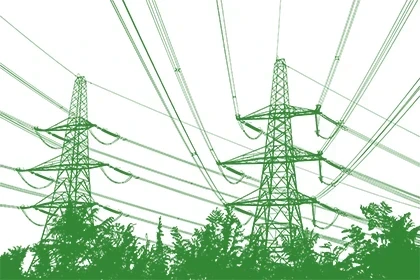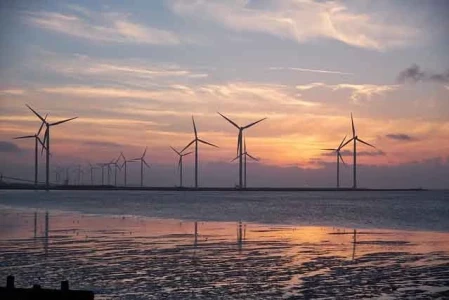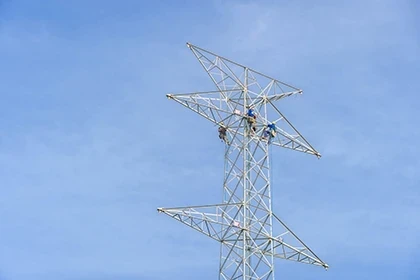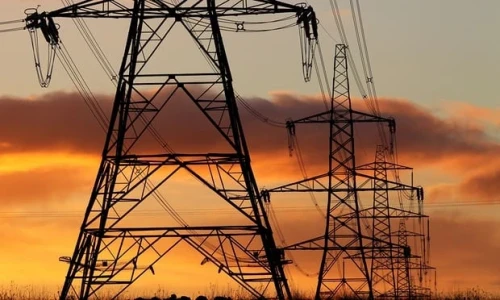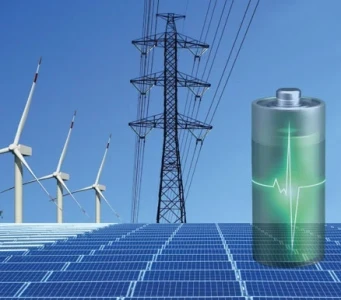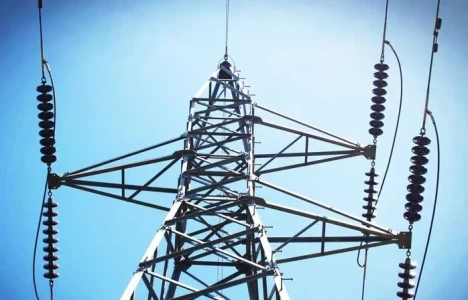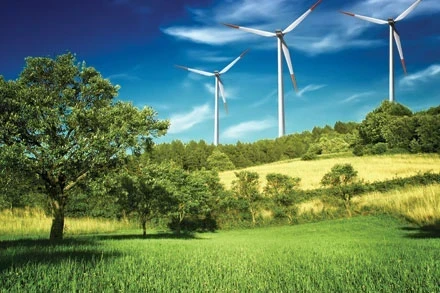How Utilities Can Navigate the Energy Transition

The energy transition is an evolving process that is reshaping the utility sector, bringing both opportunities and challenges. As utilities face the need to shift from fossil fuels to cleaner, more sustainable sources of energy, they must develop strategies that address immediate operational needs while also planning for long-term transformation. In navigating this complex transition, utilities must balance near-term action with long-term vision. Here’s how utilities can approach this evolving landscape with both pragmatism and foresight.
1. Understanding the Urgency of the Transition
The global shift towards decarbonization and renewable energy is accelerating due to heightened environmental concerns and regulatory pressures. Governments around the world are setting ambitious targets to reduce carbon emissions, such as achieving net-zero emissions by mid-century. At the same time, consumers are becoming more energy-conscious, demanding greener alternatives and greater energy efficiency. Utilities must adapt quickly to these changes in order to remain competitive and compliant.
However, the energy transition is a long and complex process. Shifting from a traditional energy grid based on fossil fuels to one powered by renewables such as wind, solar, and hydropower requires not only technological upgrades but also significant investments in new infrastructure, systems, and training. This dual challenge of meeting immediate energy needs while also preparing for future growth requires a thoughtful, two-pronged approach.
2. Near-Term Strategies: Addressing Immediate Needs
In the near term, utilities must focus on operational improvements and incremental changes that enhance the efficiency of existing systems while preparing for long-term transformation. Several key areas are essential to achieving this balance:
A. Integration of Renewable Energy: One of the primary tasks for utilities is the integration of renewable energy sources into the existing grid. While renewable energy generation has expanded rapidly, the intermittent nature of wind and solar power poses challenges for grid stability. Utilities must deploy advanced energy storage technologies and grid management systems to ensure reliable delivery while accommodating fluctuating renewable energy production.
B. Decarbonization of Existing Assets: Utilities should also work on reducing the carbon intensity of their current energy production portfolio. This can include retrofitting existing power plants with carbon capture and storage (CCS) technologies or shifting to cleaner fuels such as natural gas in the interim. By leveraging technologies that help reduce emissions from their existing infrastructure, utilities can make progress toward their decarbonization goals without sacrificing reliability or affordability.
C. Customer-Centric Solutions: Utilities should focus on providing customers with tools and incentives to reduce energy consumption, such as demand response programs, energy efficiency upgrades, and smart grid technologies. These programs not only help utilities manage peak demand more effectively but also align with the growing desire among consumers for more sustainable and cost-effective energy solutions.
3. Long-Term Strategies: Planning for a Sustainable Future
While the near-term focus is on optimizing current operations, the long-term strategies are essential for building a sustainable, low-carbon energy system. Some of the key areas utilities should prioritize for long-term success include:
A. Investment in Clean Energy Infrastructure: The transition to a low-carbon grid will require substantial investment in new infrastructure, including renewable energy generation, electric vehicle (EV) charging networks, and smart grid technologies. Utilities must prioritize these investments to enable long-term system resilience and flexibility. These investments will not only help meet future energy demand but will also support economic growth by creating new jobs in green technologies.
B. Electrification of Key Sectors: The electrification of sectors such as transportation, heating, and industrial processes will play a crucial role in achieving net-zero emissions. Utilities can support this transition by expanding and upgrading the electrical grid to handle increased demand, especially as electric vehicles (EVs) become more widespread. Strategic planning around the future role of electricity in these sectors will ensure that utilities are prepared to support a fully electrified economy.
C. Research and Development: Long-term innovation will be a critical component of the energy transition. Utilities should invest in research and development (R&D) to explore new technologies and business models, such as grid modernization, energy storage, and renewable hydrogen. By staying at the forefront of energy technology, utilities can better anticipate emerging trends and position themselves as leaders in the transition to a cleaner energy future.
4. Collaborative Approaches for Success
The energy transition is a complex, multifaceted process that will require collaboration across multiple stakeholders, including government agencies, regulators, technology providers, and consumers. Utilities must engage in open dialogues with these groups to ensure that policies, investments, and incentives align with the broader goal of a sustainable energy future.
Furthermore, utilities should seek partnerships with technology companies, research institutions, and other utilities to share best practices, accelerate innovation, and scale solutions that will drive the energy transition forward.
Navigating the energy transition requires utilities to balance near-term operational needs with long-term strategic planning. By integrating renewable energy, decarbonizing existing assets, and empowering customers, utilities can take immediate steps to improve sustainability and efficiency. At the same time, by investing in clean energy infrastructure, supporting electrification, and fostering innovation, utilities can position themselves for a prosperous, low-carbon future. The path forward will not be without its challenges, but by adopting a balanced and flexible approach, utilities can successfully navigate the energy transition and contribute to a cleaner, more sustainable world.

